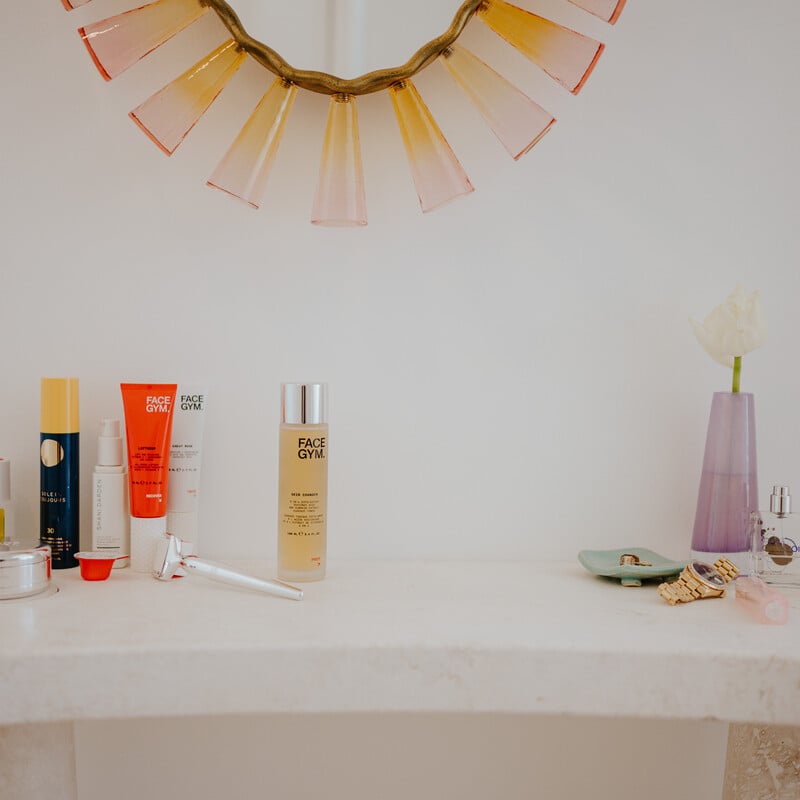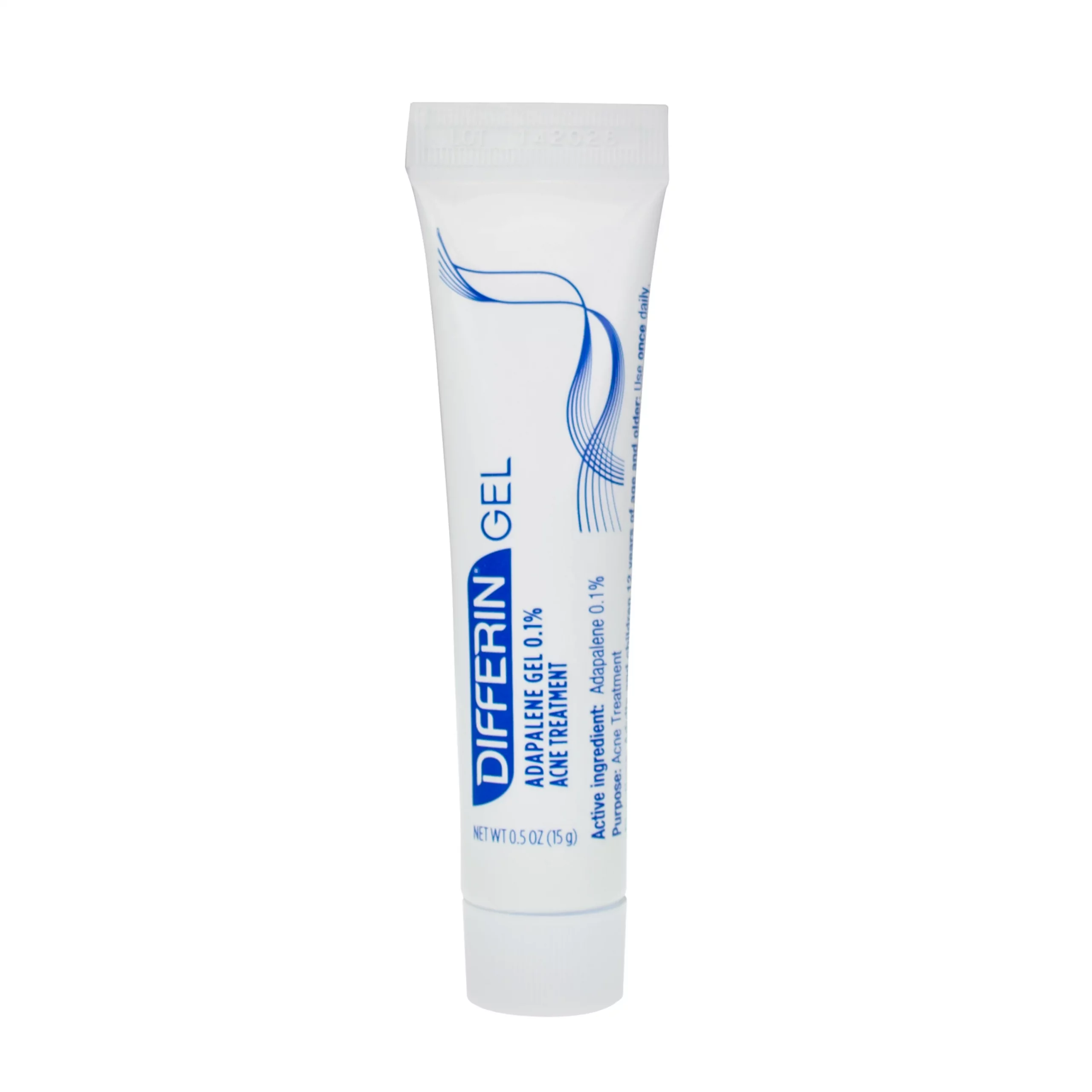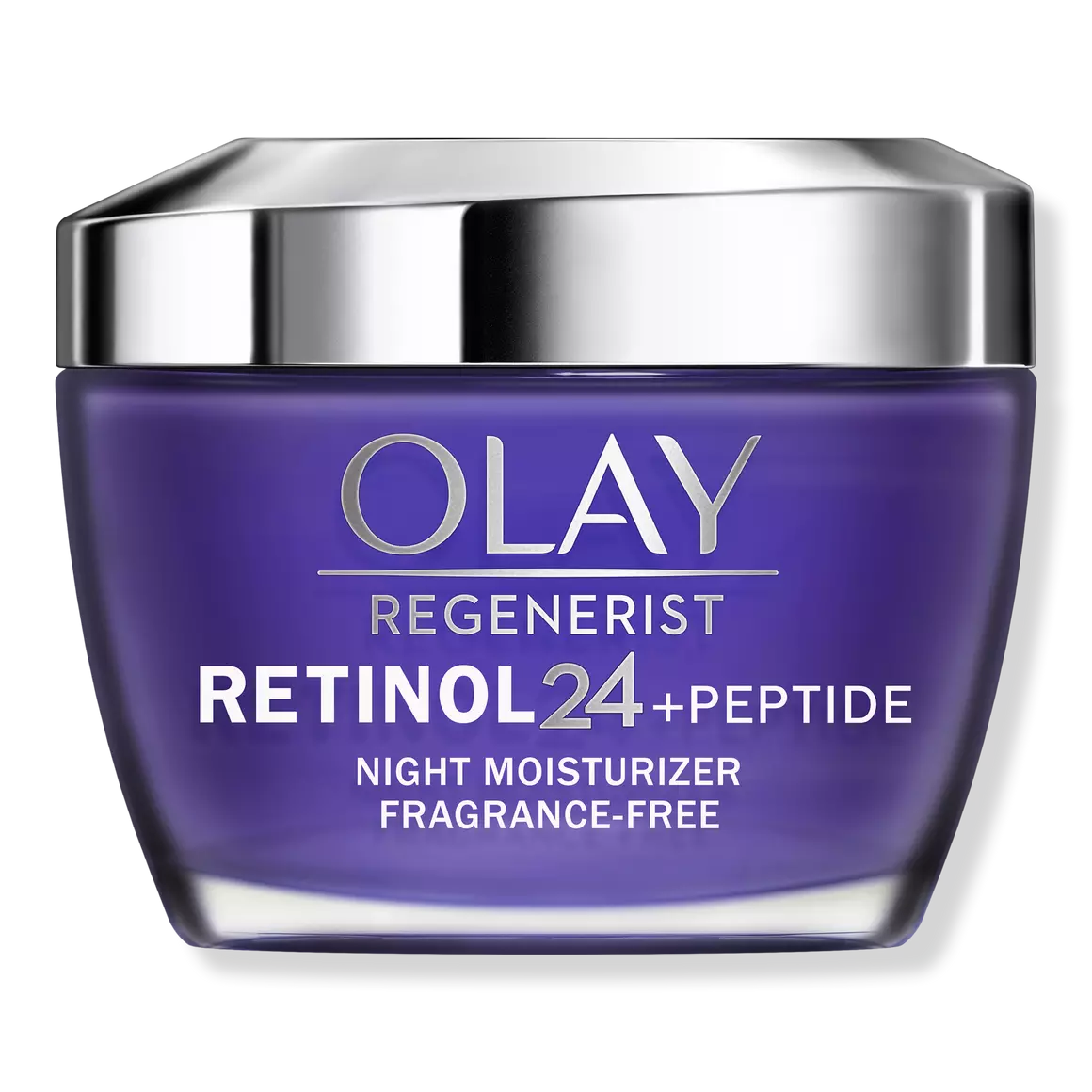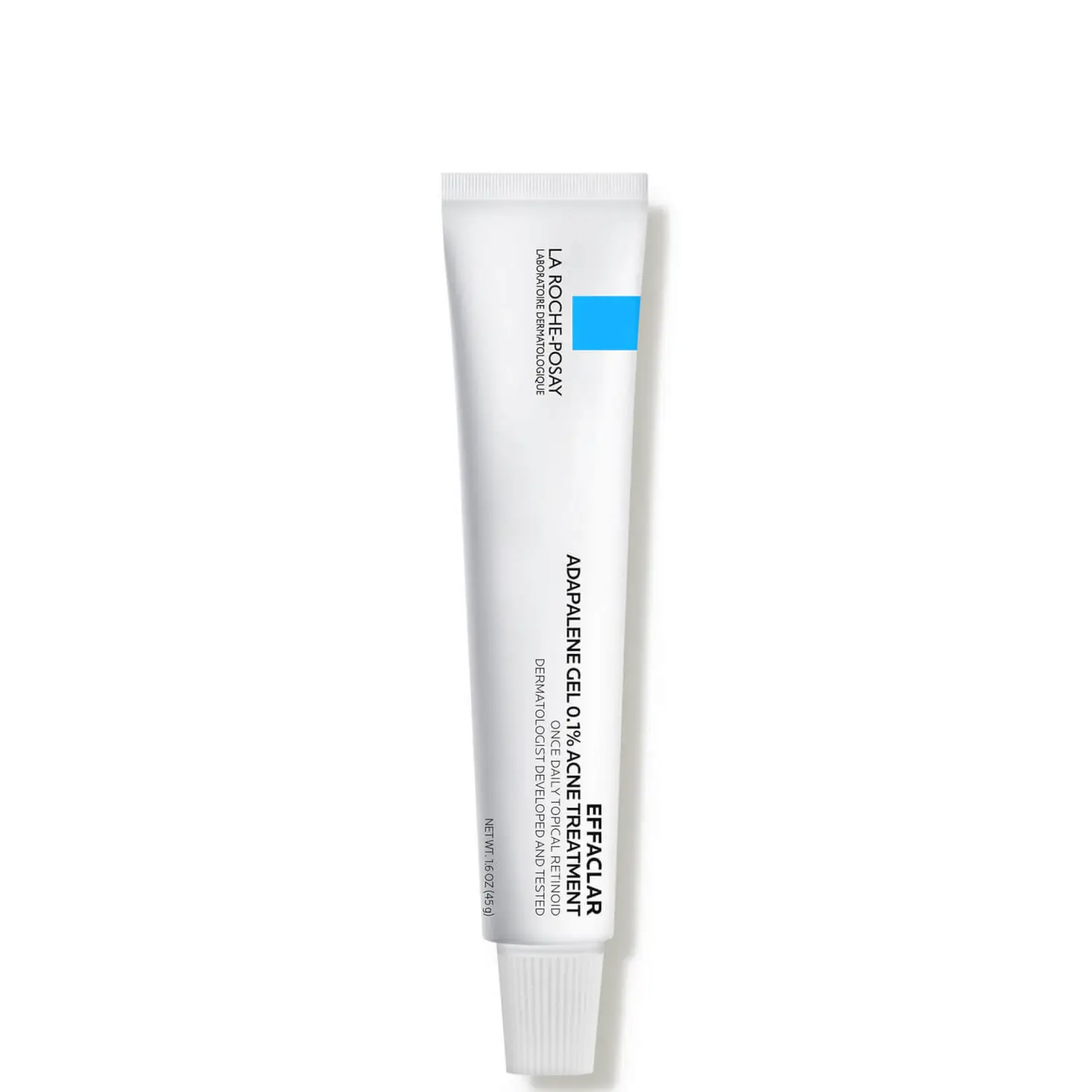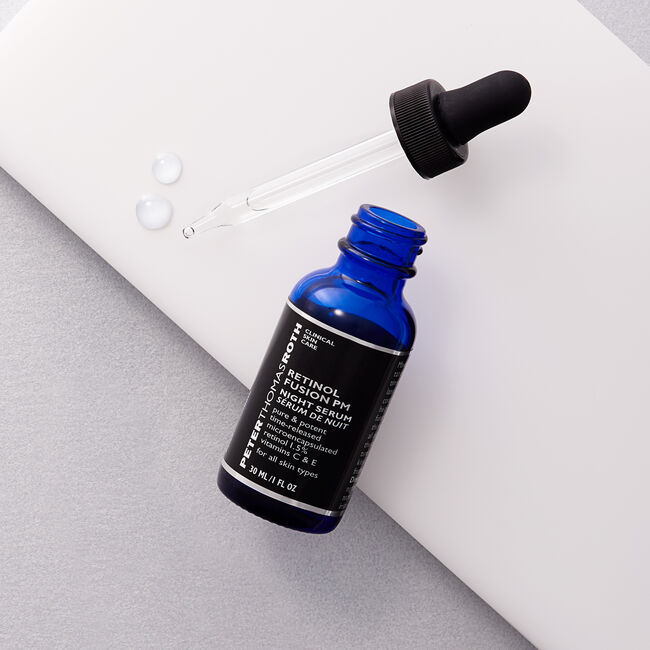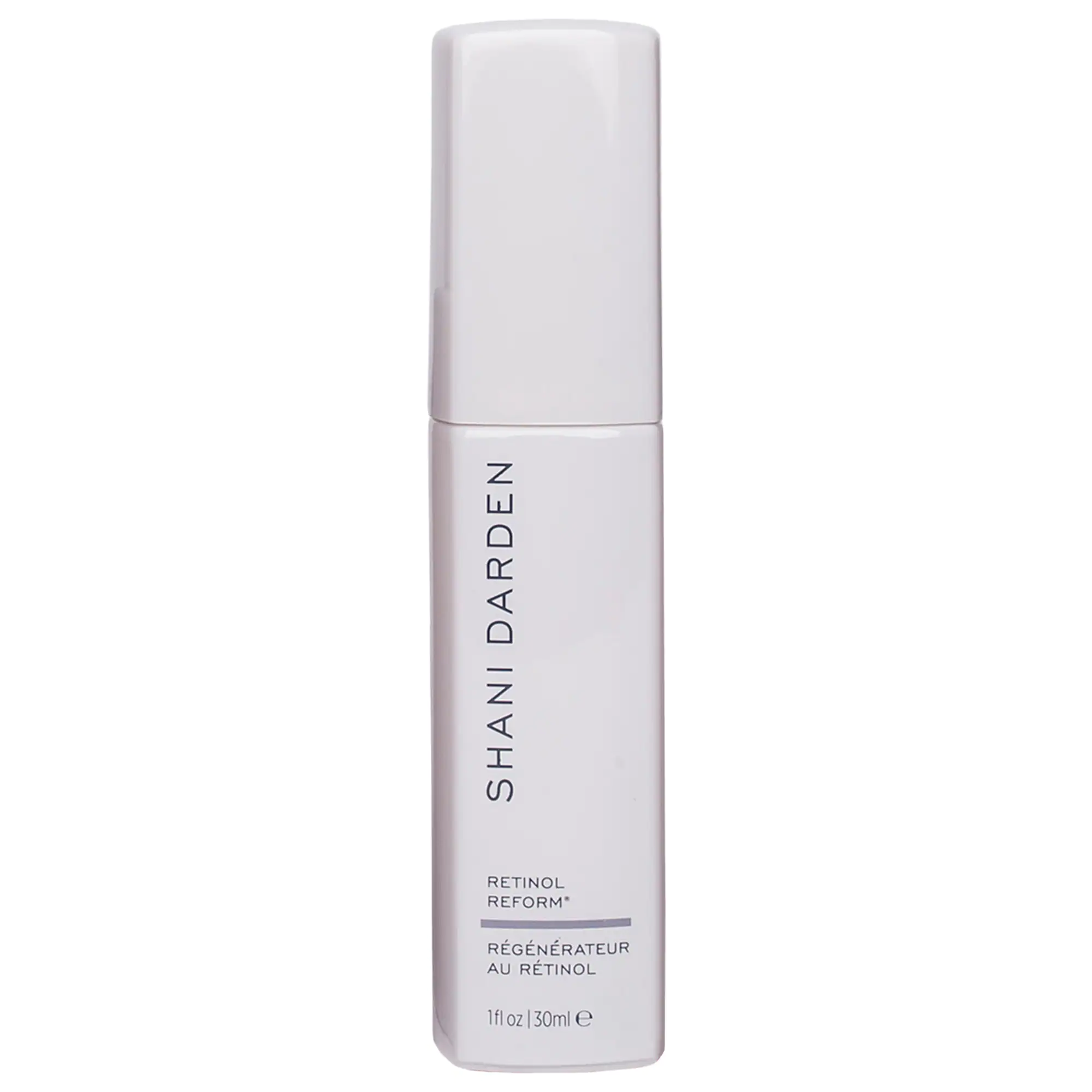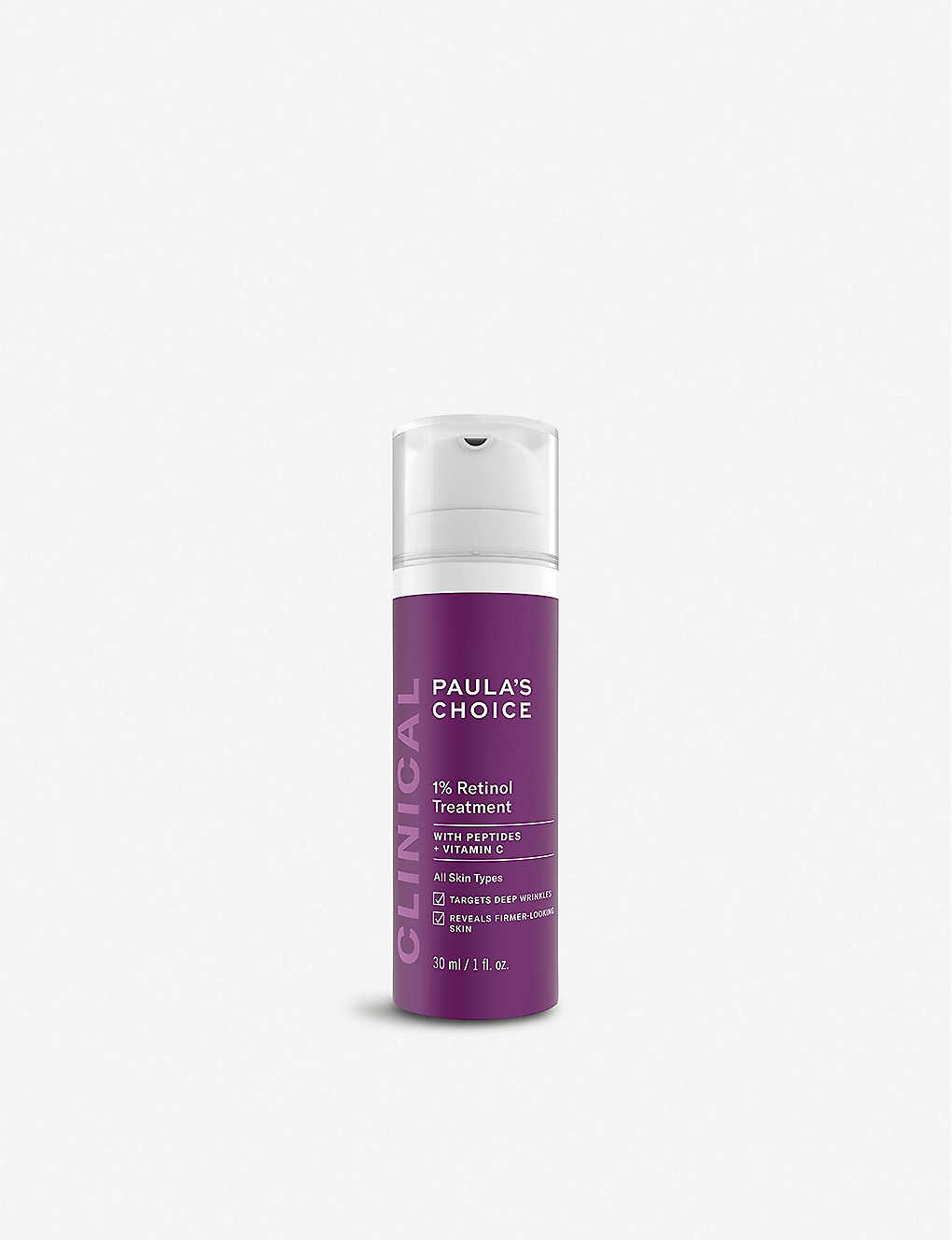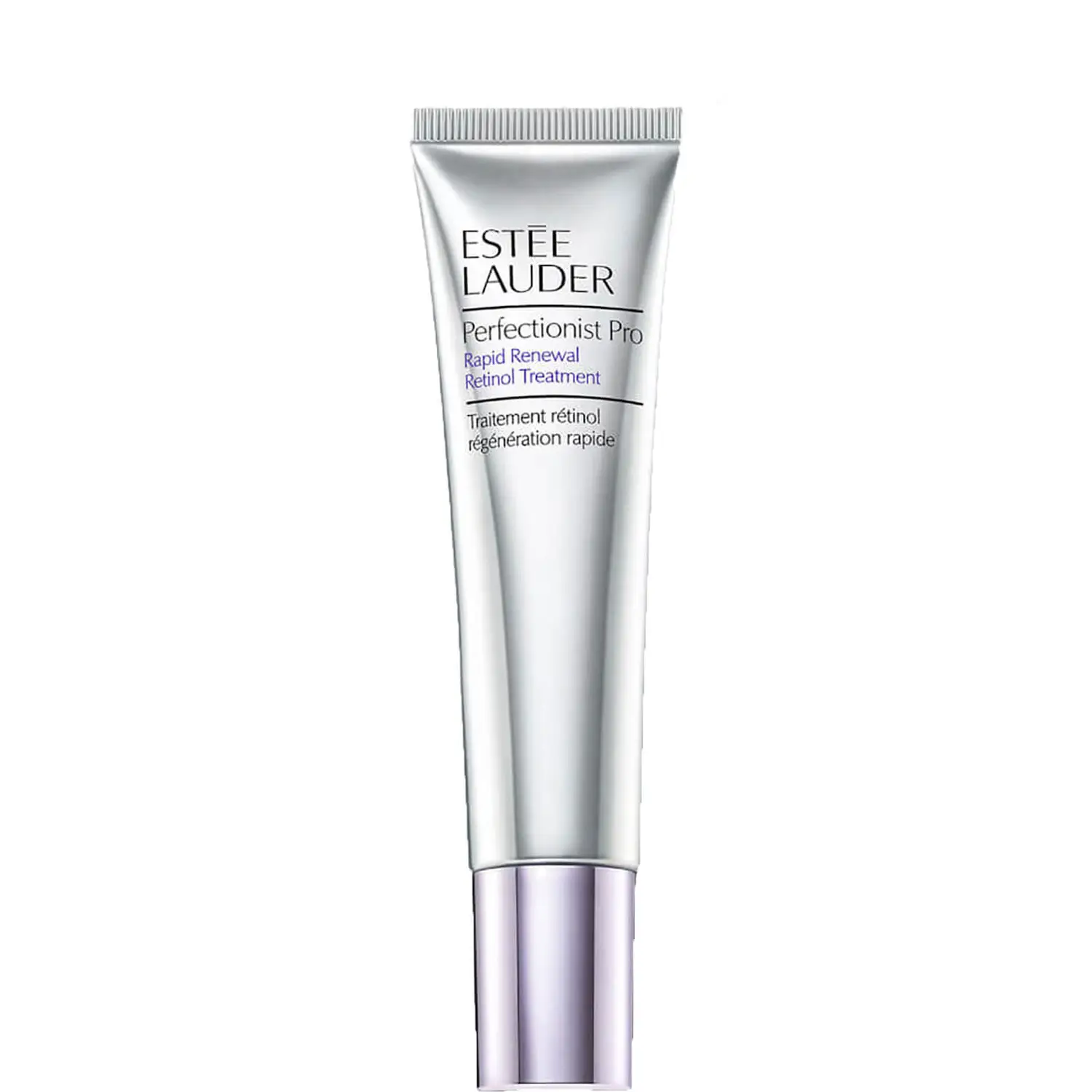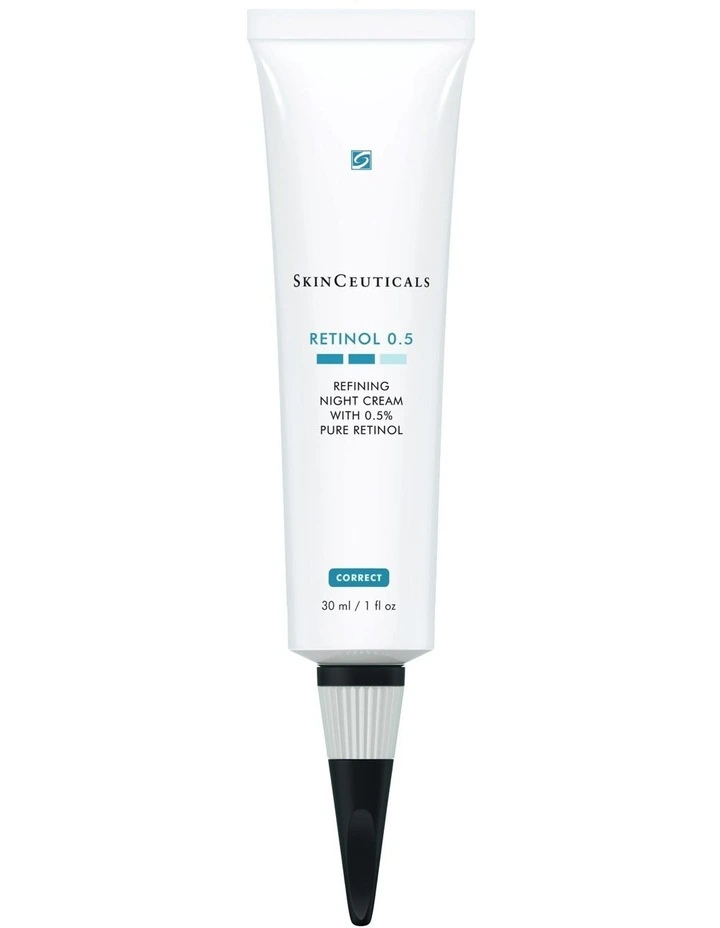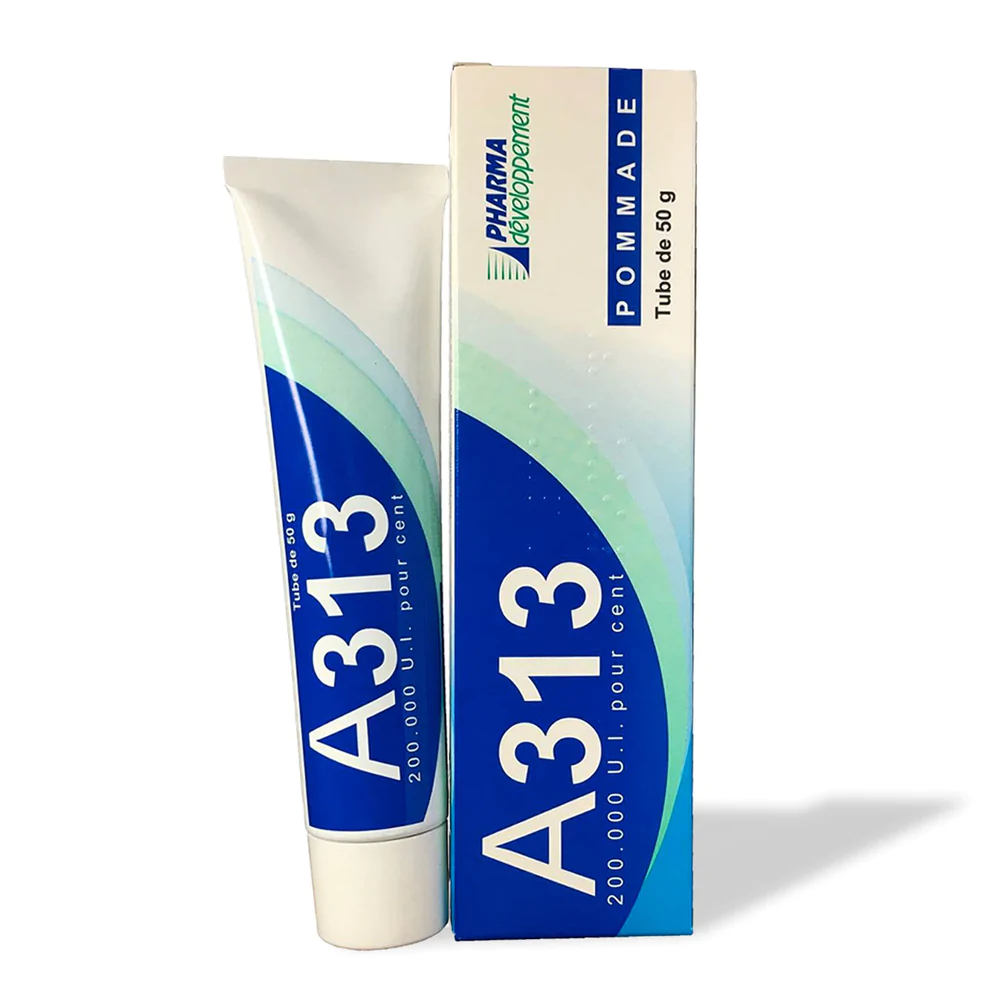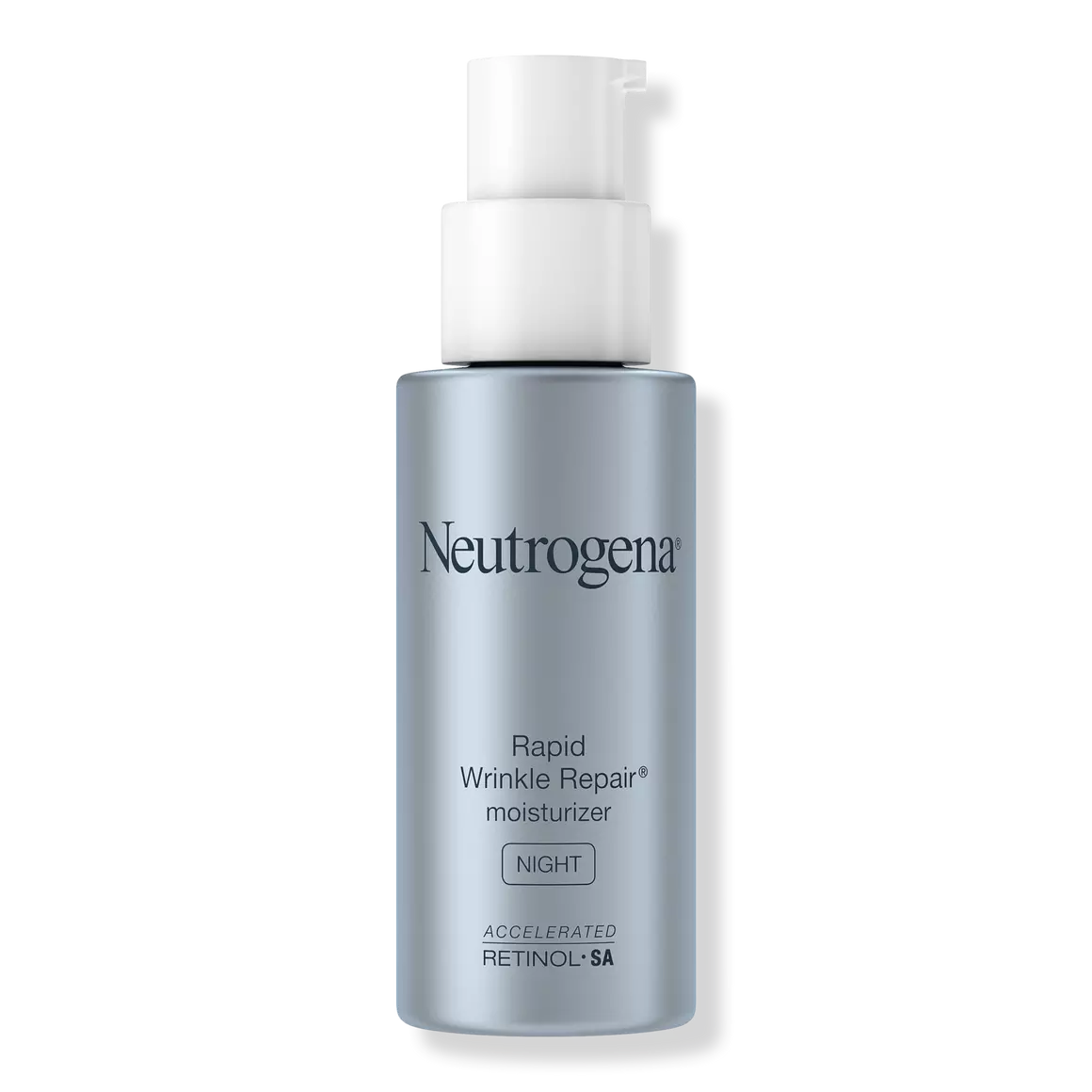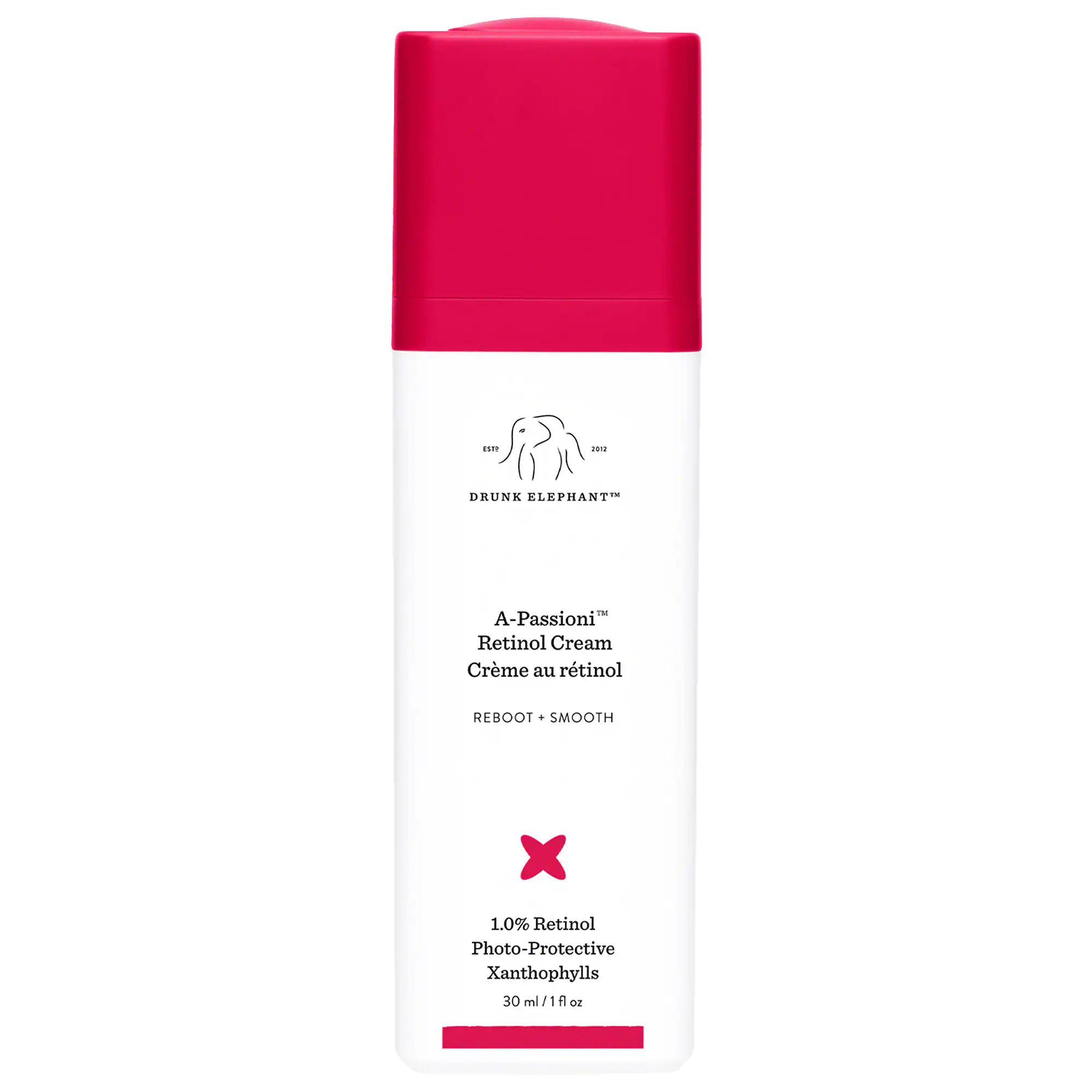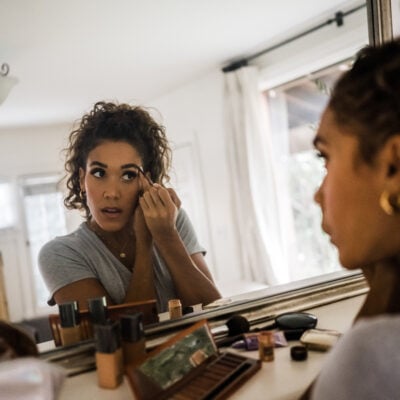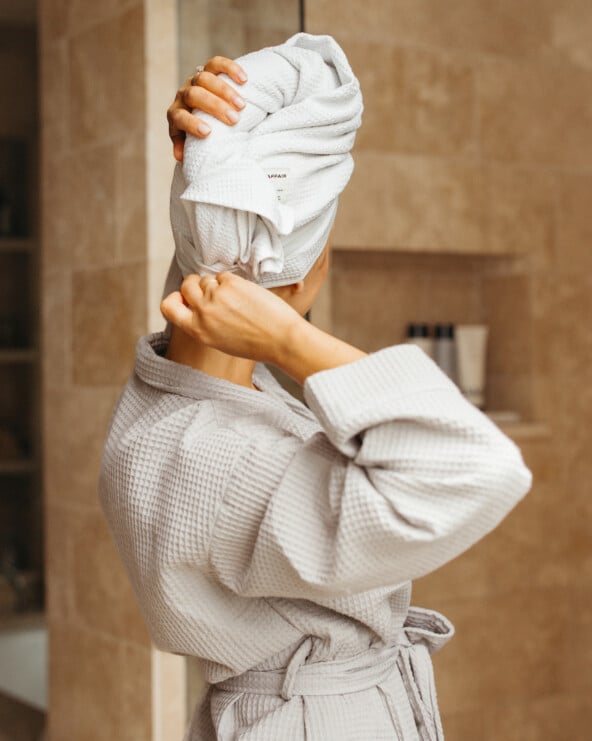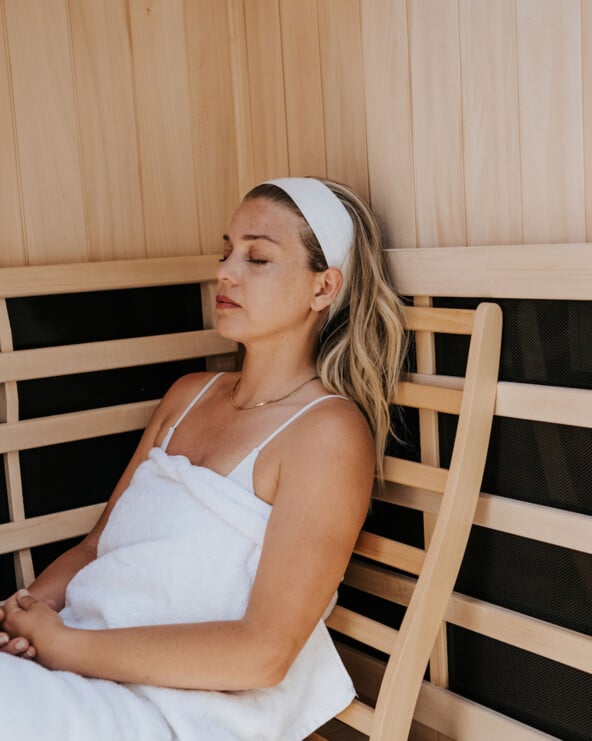We may receive a portion of sales if you purchase a product through a link in this article.
Hot take: A new calendar year can feel arbitrary. Ditto with setting resolutions. Can you really become a new person when the clock strikes midnight on the first of the year? Maybe not immediately, but I have found that setting small daily intentions actually works. So instead of trying to overhaul everything at once, I use the “new year, new me” fervor to get back into the routines and habits I know make me feel my best. On my list for 2023? Cooking more at home, getting my steps in, and committing to my skincare routine. And as far as that final intention is concerned, number one on my list is *actually* learning how to use retinol.
Starting my day with skincare is crucial to get me on the right track. It reminds me to make time for myself and reinforces the idea that daily action leads to gradual results.
For me, skincare is transformative. And by far, the ingredient that has given me the most game-changing results is retinol. The vitamin A derivative is beloved by beauty experts and dermatologists to reap real results. If this is the year you finally start using retinol in your skincare routine, then it’s time to learn how to use retinol to get the best results.
Featured image by Teal Thomsen.

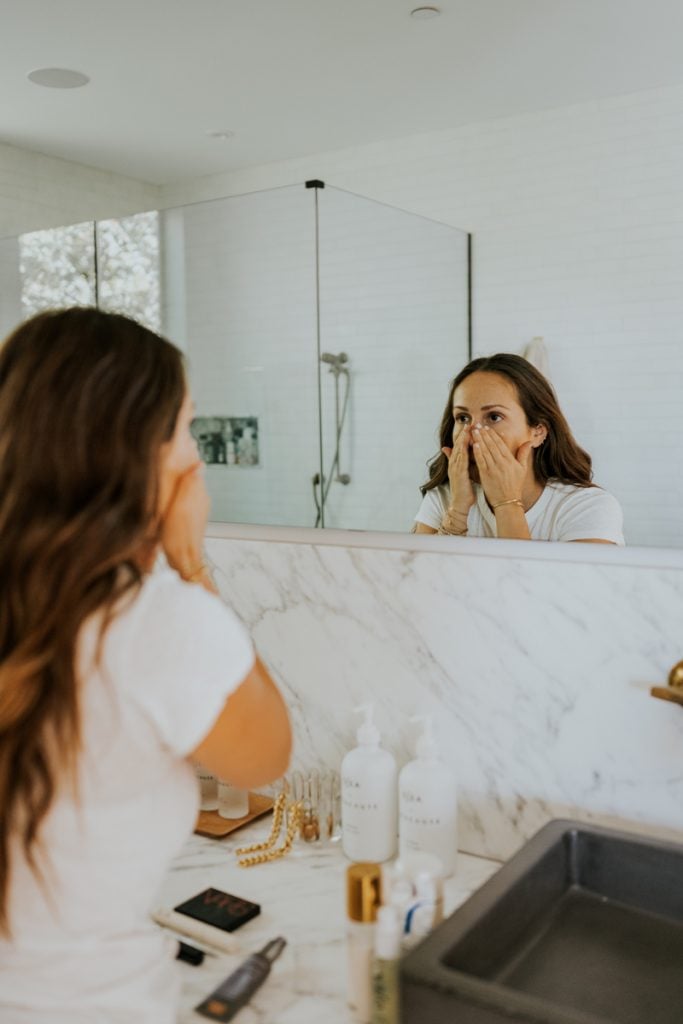
How to Use Retinol: The Ins and Outs
Retinol has the potential to be the most powerful step in your vanity. But only if you use it right. Yes, there’s the possibility of an initial purge—aka when your skin releases all of the built-up toxins at the beginning of your retinol journey, causing breakouts. With consistent use though, the results are extraordinary.
But you could be sabotaging your retinol routine. Just slathering on any old retinol cream is not enough. Many people use retinol incorrectly, and experience irritation just to quit before the ingredient can truly work its magic.
Common retinol red flags include:
- Jumping in too fast. Starting too strong and using retinol too often.
- Neglecting moisturizer. Your skin will be going through a lot—moisturizer keeps it nourished and prevents irritation.
- Ignoring SPF. Retinol makes your skin extra sensitive to the sun. Protect it.
- Not being consistent. Retinol only gets results if you’re consistent with your routine.
- Quitting too soon. Don’t be afraid of the purge! Be patient with your retinol routine.

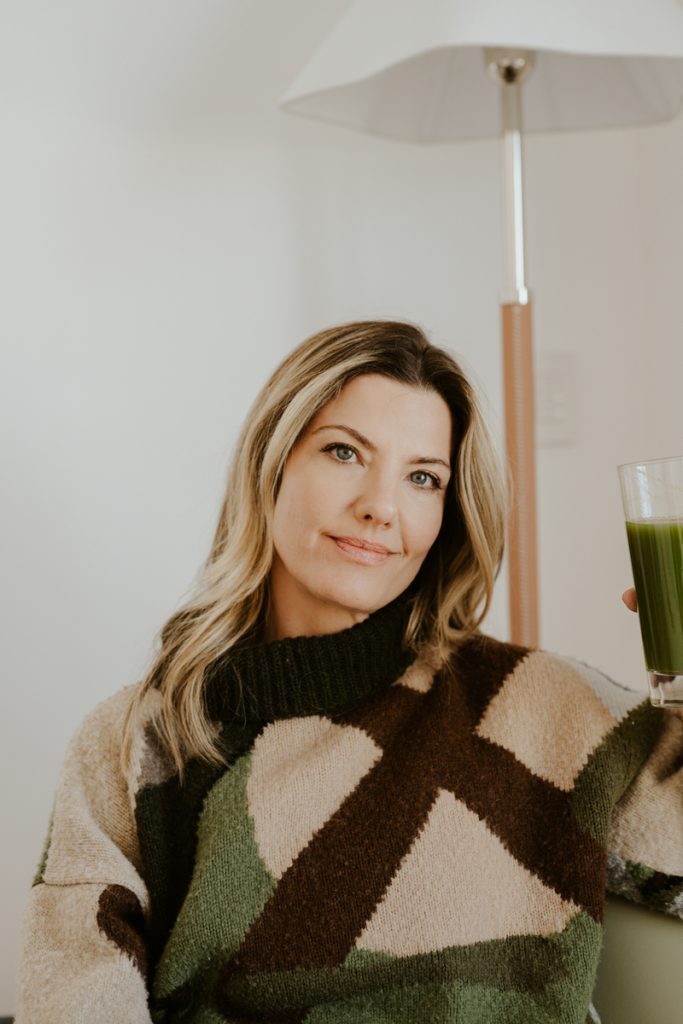
Meet the Expert: Dr. Nancy Samolitis
To address these application missteps and get the most out of your retinol routine, I spoke to Dr. Nancy Samolitis, a board-certified dermatologist. Dr. Samolitis is a retinol-obsessive herself and encourages retinol hopefuls to start slow, pick high-potency products, and even try skin cycling.
Skin cycling went viral on TikTok in 2022. But, unlike some ephemeral trends, this one is dermatologist-approved. Recommended for anyone new to retinol, skin cycling helps build retinol tolerance and supercharges results by alternating nights between retinol, chemical exfoliants, and hydration.
An example of a skin cycling routine might look like:
- Night 1 (Exfoliation) Grab your favorite chemical exfoliant to prep your skin by sweeping away dead skin cells, which will allow retinol to penetrate deeper.
- Night 2 (Retinol) Apply retinol on the second night with gentle, moisturizing ingredients.
- Nights 3 and 4 (Recovery) Give your skin a break from the actives for two nights, loading up on ceramides, antioxidants, hydrating factors, and barrier-building ingredients.
Skin cycling isn’t the only way to use retinol, but it’s a good entry point for beginners. For more on retinol, skin cycling, and starting your new skincare routine, read on for Dr. Samolitis’s insights on all things Vitamin A.
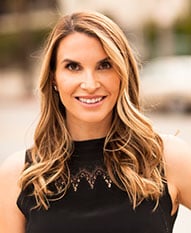
Dr. Nancy Samolitis is a Board Certified dermatologist with specialized training in cosmetic dermatology. In addition to providing care for general medical dermatology, she is also the owner/co-founder of Facile Dermatology + Boutique where she specializes in cutting-edge treatments for anti-aging, sun-damaged skin, and more.

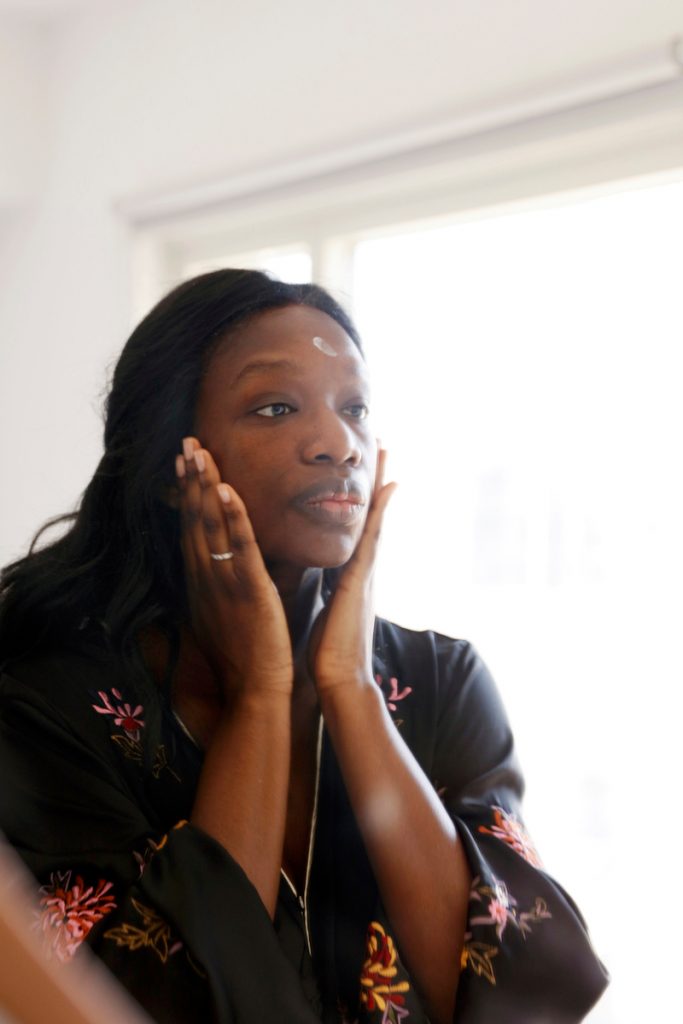
The Basics of Using Retinol
Who should use retinol?
I think anyone who has acne or wants to take advantage of the anti-aging benefits should use retinol. Even people with sensitive skin can usually build up a tolerance to the potential irritation if it is used carefully.
Who should avoid retinol?
People with active eczema, rosacea, or disrupted skin from a procedure should avoid retinol until their skin is treated or healed. Pregnant and nursing women should also avoid retinol because its safety is unclear.
How to Start Using Retinol for Best Results
I personally have used retinol (actually, the Rx version, tretinoin) almost every day for the past 25 years! More frequent use will produce the known benefits as most of the studies are done on daily use. It is important to use retinol at a decreased frequency (2-3 days/week) when you are first starting or if your skin is dry or irritated.

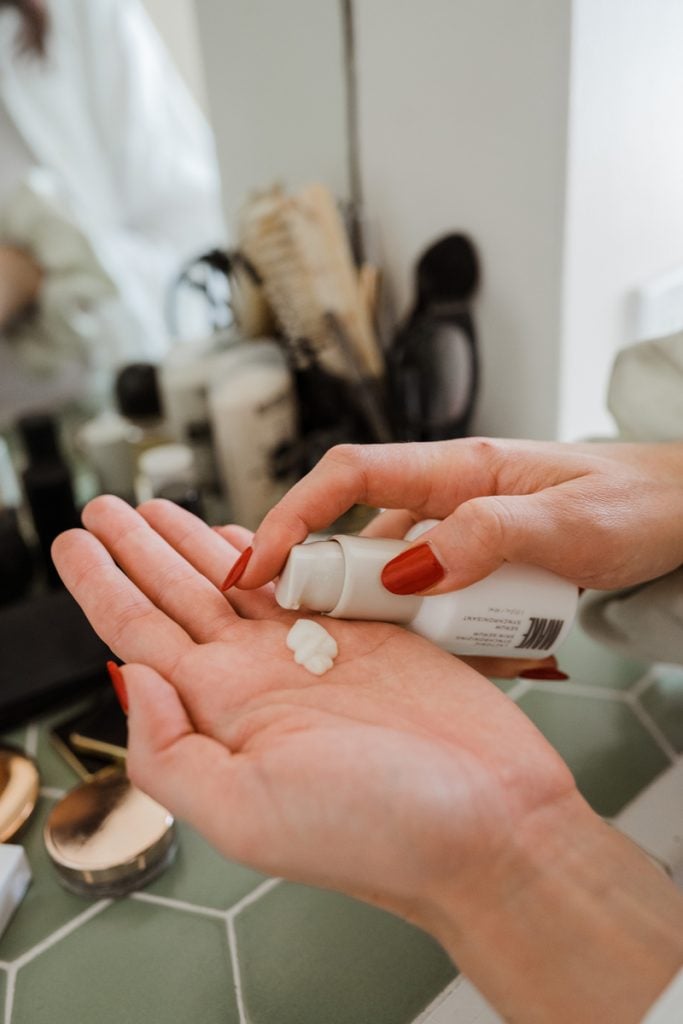
How to Use Retinol for Your Best Skin Ever
How can skin cycling support your retinol journey?
Skin cycling is a way to ease your way into using potentially irritating skin care products like retinol and exfoliating acids. In this regimen, you use each of those ingredients for one day and then give your skin a break for several days by using moisturizer alone. If you already tolerate retinol daily, there is no reason to switch to skin cycling, because your benefits and efficacy will be reduced.
How to Incorporate Retinol Into Your Routine
I recommend using a pea-sized amount on clean skin at night followed by a moisturizing product as needed. The product itself is sensitive to UV light, so that’s why the nighttime application was originally recommended.
What ingredients pair well with retinol?
My favorite ingredient to pair with retinol is niacinamide. Niacinamide has calming, anti-inflammatory effects, so it helps mitigate any potential irritation. They both have incredible anti-aging benefits that have been proven in medical studies for years.
How to Choose a Retinol Product
Ask your board-certified dermatologist about how to choose a retinol that works best for your skin and with your routine. If you want to start with OTC retinol, choose a medical-grade formulation. A lot of OTC retinol unfortunately use such a low strength of retinol in the hopes of increased tolerability, but you then may lose the beneficial effects.

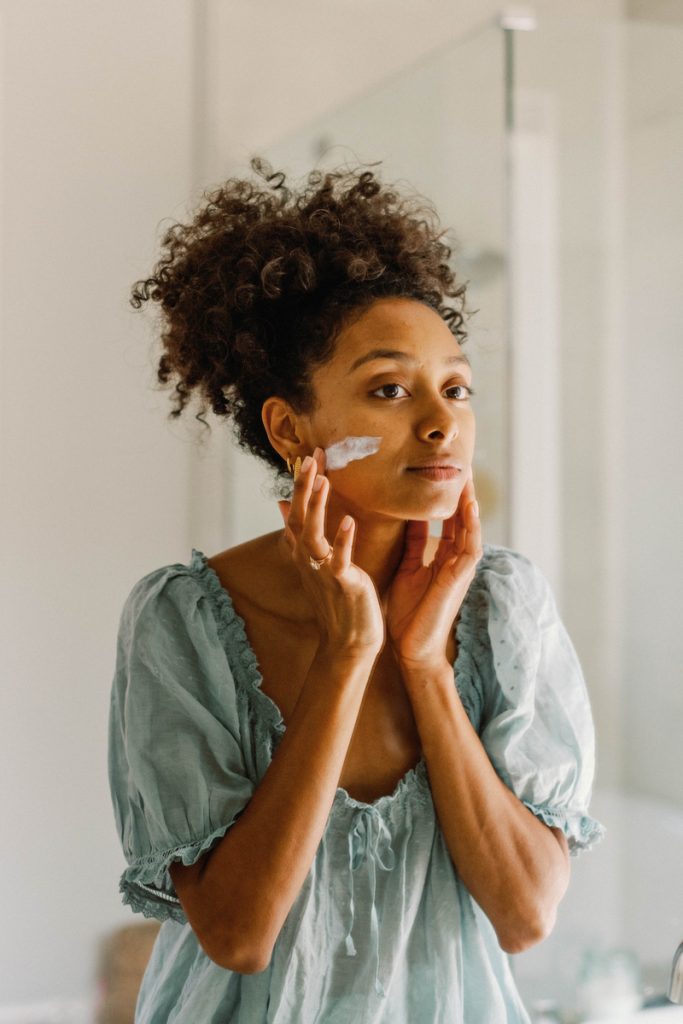
Shop the Best Retinol Products for Age-Defying Skin
Olay Regenerist Retinol24 Night Moisturizer
La Roche-Posay Effaclar Adapalene Gel 0.1% Retinoid Treatment
Peter Thomas Roth Retinol Fusion PM Night Serum
Shani Darden Retinol Reform Treatment Serum
Paula’s Choice Clinical 1% Retinol Treatment
Estée Lauder Perfectionist Pro Rapid Renewal Retinol Treatment
SkinCeuticals Retinol 1.0 Maximum Strength Refining Night Cream
Rapid Wrinkle Repair Night Face Moisturizer with Retinol and Hyaluronic Acid
Drunk Elephant A-Passioni Retinol Cream


